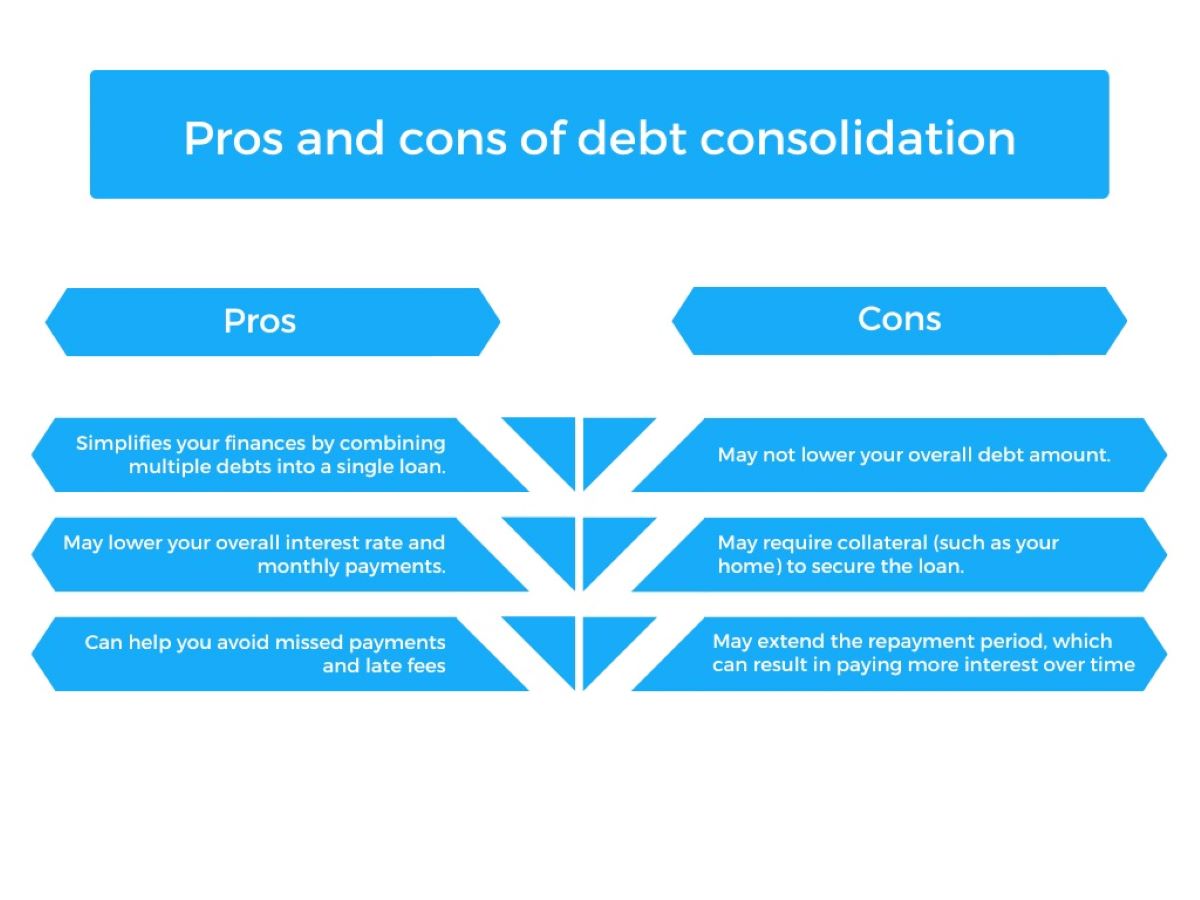Home>Finance>What Percentage Should I Keep For Credit Utilization


Finance
What Percentage Should I Keep For Credit Utilization
Published: March 6, 2024
Learn about the ideal credit utilization percentage and its impact on your finances. Find out how to manage your credit effectively.
(Many of the links in this article redirect to a specific reviewed product. Your purchase of these products through affiliate links helps to generate commission for LiveWell, at no extra cost. Learn more)
Table of Contents
Introduction
Welcome to the world of credit utilization, where a seemingly simple concept can have a significant impact on your financial well-being. Understanding the ins and outs of credit utilization is crucial for anyone looking to build and maintain a healthy credit score. In this article, we’ll delve into the intricacies of credit utilization, exploring its impact on your credit score and offering practical tips for managing it effectively.
Credit utilization refers to the ratio of your credit card balances to your credit limits. It’s a key factor that credit reporting agencies and lenders consider when assessing your creditworthiness. Maintaining an optimal credit utilization percentage is essential for demonstrating responsible credit management and maximizing your credit score.
As we navigate through the nuances of credit utilization, we’ll uncover the ideal percentage to aim for, the impact of credit utilization on your credit score, and actionable strategies for managing it wisely. Whether you’re new to the world of credit or seeking to refine your credit management skills, this guide will equip you with the knowledge and insights needed to make informed decisions about your credit utilization.
Understanding Credit Utilization
Credit utilization is a fundamental aspect of your overall credit profile, and comprehending its nuances is essential for maintaining a healthy financial standing. This metric measures the proportion of your available credit that you are currently using. To calculate your credit utilization percentage, simply divide your total credit card balances by your total credit limits and multiply the result by 100.
For example, if you have a total credit limit of $10,000 across all your credit cards and your combined outstanding balances amount to $2,000, your credit utilization rate would be 20% ($2,000 ÷ $10,000 x 100 = 20%).
Lenders and credit bureaus scrutinize this figure as it provides insight into your borrowing habits and financial responsibility. A lower credit utilization percentage is generally perceived as favorable, indicating that you are not overly reliant on credit and are managing your finances prudently. On the other hand, a high credit utilization rate may raise concerns about your ability to manage debt and could potentially lower your credit score.
It’s important to note that credit utilization applies not only to individual credit cards but also to your overall revolving credit, which encompasses all your credit card balances and limits. Understanding this distinction is crucial for effectively managing your credit utilization and optimizing your credit score.
By comprehending the significance of credit utilization and how it is calculated, you can proactively take steps to maintain an optimal utilization rate, thereby bolstering your creditworthiness and financial stability.
The Impact of Credit Utilization on Your Credit Score
Credit utilization plays a pivotal role in determining your credit score, wielding significant influence over this crucial financial metric. In fact, it is widely regarded as one of the most influential factors in the calculation of your credit score, carrying approximately 30% of the total weight. This underscores the profound impact that credit utilization can have on your creditworthiness.
When your credit utilization rate is low, typically below 30%, it reflects positively on your credit score. This signals to lenders that you are using credit responsibly and are not overly reliant on borrowed funds to sustain your lifestyle. As a result, a low credit utilization percentage can contribute to a higher credit score, opening doors to more favorable lending terms and financial opportunities.
Conversely, a high credit utilization rate, especially exceeding 30%, can adversely affect your credit score. It may indicate to creditors that you are heavily reliant on credit and could potentially be overextended financially. This can raise concerns about your ability to manage debt and may lead to a lower credit score, thereby limiting your access to credit and increasing the cost of borrowing.
Understanding the impact of credit utilization on your credit score is imperative for making informed decisions about your financial behavior. By maintaining a low credit utilization rate, you can bolster your credit score and enhance your financial standing, paving the way for improved access to credit and favorable lending terms.
Recommended Credit Utilization Percentage
While there is no one-size-fits-all credit utilization percentage that guarantees an optimal credit score, financial experts generally recommend keeping your credit utilization below 30%. This guideline is widely regarded as a prudent benchmark for maintaining a healthy credit utilization rate.
By adhering to this recommendation, you can demonstrate responsible credit management and mitigate the risk of negatively impacting your credit score. Keeping your credit utilization below 30% signifies to lenders that you are not overly reliant on credit and are effectively managing your borrowing. This can instill confidence in creditors and potentially lead to more favorable lending terms and financial opportunities.
It’s important to note that while the 30% threshold is a commonly recommended guideline, striving for an even lower credit utilization rate, ideally below 10%, can further enhance your creditworthiness. By minimizing your credit utilization, you can position yourself as a low-risk borrower, potentially leading to an improved credit score and increased access to credit at favorable terms.
Ultimately, the recommended credit utilization percentage serves as a practical benchmark for guiding responsible credit management. By adhering to this guideline and striving to keep your credit utilization within the recommended range, you can optimize your credit score and bolster your financial standing, setting the stage for enhanced financial opportunities and improved access to credit.
Tips for Managing Credit Utilization
Effectively managing your credit utilization is pivotal for maintaining a healthy credit profile and optimizing your credit score. Implementing strategic practices can help you keep your credit utilization within optimal parameters, demonstrating responsible credit management and enhancing your financial standing.
- Regularly Monitor Your Credit Utilization: Stay vigilant about your credit card balances and credit limits. Regularly monitoring your credit utilization can help you detect any potential spikes and take timely measures to address them.
- Strategically Distribute Your Spending: Instead of heavily concentrating your expenses on a single credit card, consider distributing your spending across multiple cards to balance out your credit utilization. This can help prevent any individual card from nearing its limit, thereby averting potential negative impacts on your credit score.
- Request Credit Limit Increases: Contact your credit card issuers to inquire about increasing your credit limits. By doing so, you can effectively lower your credit utilization rate, provided your spending remains consistent, as your total available credit will increase.
- Pay Off Balances Multiple Times a Month: Making multiple payments throughout the month, especially before the statement closing date, can help keep your credit card balances in check. This proactive approach can prevent your balances from being reported at higher levels, thus positively impacting your credit utilization ratio.
- Use Credit Wisely: Exercise prudence when utilizing credit, and avoid unnecessary or excessive spending. By using credit judiciously and responsibly, you can maintain a healthy credit utilization rate and demonstrate financial discipline to potential lenders.
By adhering to these tips and integrating them into your financial management practices, you can effectively manage your credit utilization and uphold a favorable credit score. Proactive credit utilization management can pave the way for improved access to credit, favorable lending terms, and enhanced financial opportunities, positioning you for long-term financial success.
Conclusion
Understanding the intricacies of credit utilization is essential for anyone seeking to navigate the realm of credit and bolster their financial well-being. This fundamental metric, which measures the proportion of your available credit that you are currently using, holds significant sway over your credit score and overall creditworthiness.
By comprehending the impact of credit utilization on your credit score and adhering to recommended guidelines, such as maintaining a credit utilization percentage below 30%, you can proactively manage your credit and demonstrate responsible borrowing habits. This, in turn, can lead to an improved credit score and enhanced access to credit at favorable terms.
Implementing practical tips for managing credit utilization, such as monitoring your balances, strategically distributing your spending, and requesting credit limit increases, can empower you to maintain an optimal credit utilization rate and safeguard your financial standing.
Ultimately, managing credit utilization effectively is a cornerstone of prudent financial management. By integrating these insights into your financial practices, you can position yourself for long-term financial success, bolstering your creditworthiness and opening doors to a myriad of financial opportunities.
Armed with a comprehensive understanding of credit utilization and equipped with actionable strategies for managing it wisely, you are empowered to navigate the complex landscape of credit with confidence, enhancing your financial well-being and securing a brighter financial future.














